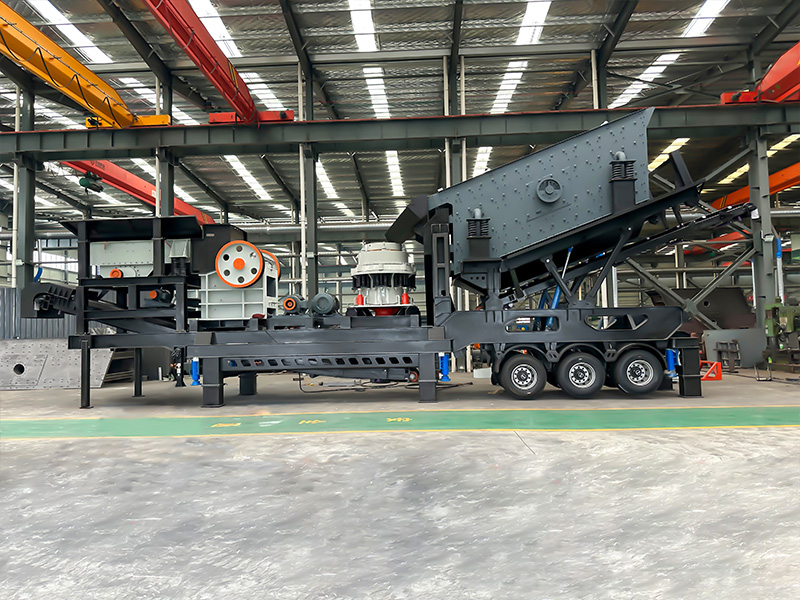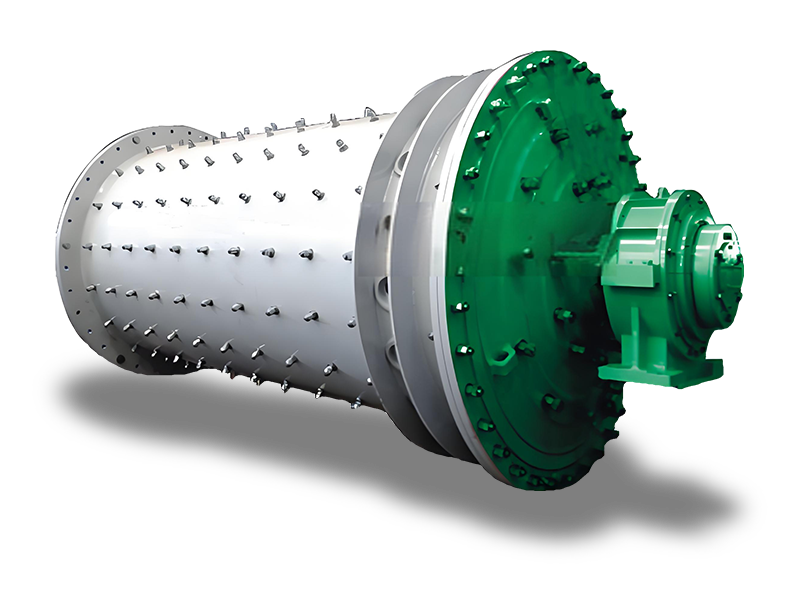Mechanized crushing has existed for 150 years. Despite the fine differences between the equipment, at the end, they all have the same objective: to reduce the size of rocks – and, of course, to supply the market with products as varied as gravel for construction or iron ore for the steel sector. For these distinctive needs, different types of crushers bring optimal results.
Primary crushing is for the robust

The very first crushers invented were jaw crushers, which are built to reduce the size of large materials and operate with high volume in primary crushing. Their main purpose is to reduce the material to a small enough size that it can be transported to the next crushing stage by conveyors. Jaw crushers can also be successfully applied in the recycling operations. The mechanics are quite simple, which makes the installation and maintenance easy.
As the name suggests, jaw crushers reduce rock and other materials between a fixed and moving jaw. The moving jaw is mounted on a pitman that has a reciprocating motion, and a fixed jaw stays put. When the material runs between the two jaws, the jaws compress larger boulders into smaller pieces.
Jaw crushers can be divided into two basic types, single and double toggle. In the single toggle jaw crusher, an eccentric shaft is on the top of the crusher. Shaft rotation, along with the toggle plate, causes a compressive action. A double toggle crusher has two shafts and two toggle plates. The first shaft is a pivoting shaft on the top of the crusher, while the other is an eccentric shaft that drives both toggle plates. The chewing movement, which causes compression at both material intake and discharge, gives the single toggle jaw better capacity, compared to a double toggle jaw of similar size.
Another type of crushers often used in the primary crushing stage is gyratory crushers that have an oscillating shaft. The material is reduced in a crushing cavity, between an external fixed element, a bowl liner, and an internal moving element, mantle, mounted on the oscillating shaft assembly. The fragmentation of the material results from the continuous compression that takes place between the liners around the chamber. An additional crushing effect occurs between the compressed particles, resulting in less wear of the liners. The gyratory crushers are equipped with a hydraulic setting adjustment system, which makes it possible to regulate the gradation of the crushed material.

Secondary crushing for fine and optimized results
Cone crushers resemble gyratory crushers from the technological standpoint, but unlike gyratory crushers, cone crushers are popular in secondary, tertiary, and quaternary crushing stages. Sometimes, however, the grain size of the processed material is small enough by nature and the traditional primary crushing stage is not needed. In these cases, also cone crushers can carry out the first stage of the crushing process.
The cone crushers are equipped with a hydraulic setting adjustment system, which adjusts closed side setting and thus affects product gradation. Depending on the cone crusher, the setting can be adjusted in two ways. The first way is for setting adjustment to be done by rotating the bowl against the threads so that the vertical position of the outer wear part, concave, is changed. One advantage of this adjustment type is that liners wear more evenly. Another principle is that of setting the adjustment by lifting or lowering the main shaft. The advantage of this is that the adjustment can be done continuously under load.
To optimize operating costs and improve the product shape, it is recommended that cone crushers are always choke fed, meaning that the cavity should be as full of rock material as possible. This can be easily achieved by using a stockpile or a silo to regulate the inevitable fluctuation of the feed material flow. Level monitoring devices detect the maximum and minimum levels of the material, starting and stopping the feed of material to the crusher, as needed.
Versatile impact crushers can be used in all crushing stages
Impact crushers use the principle of quick impacts to crush the material and they can be used in any stage of the crushing process. However, the features and capabilities of different impact crusher types vary considerably.
Impact crushers are traditionally classified into two main types, horizontal shaft impact (HSI) crushers and vertical shaft impact (VSI) crushers. These different types of impact crushers share the crushing principle, impact, to reduce the material to smaller sizes, but features, capacities and optimal applications are far from each other.
Horizontal shaft impact crushers are used in primary, secondary or tertiary crushing stage. They reduce the feed material by highly intensive impacts originating in the quick rotational movement of hammers or bars fixed to the rotor. The particles produced are then further fragmentated inside the crusher as they collide against crusher chamber and each other, producing a finer, better-shaped product.
Vertical shaft impact crushers, on the other hand, are used in the last stage of the crushing process, especially when its required that the end product has a precise cubical shape. VSI crusher can be considered a ‘stone pump’ that operates like a centrifugal pump. The material is fed through the center of the rotor, where it is accelerated to high speed before being discharged through openings in the rotor periphery. The material is crushed as it hits of the outer body at high speed and due to rocks colliding against each other.

Smaller costs and greater capacity set the tone for crushing today
During the last decades, the evolution of crushers has led to the reduction of costs, increase in production and greater energy efficiency. In practice, this means for instance easier installation and greater capacity of gyratory crushers as well as growth in the production capacity and improved lubrication systems of jaw crushers. Cone crushers, instead, have become increasingly automatic and are not restricted to the processing of hard rocks.
Computer simulations improve the choice of models, using real data from the ore or rock, and automation corrects and adjusts the crushing operation in real time, on a daily basis. Even though the hardware has evolved greatly, it is the software that dictates the development of crushing today.




































 +8615713843888
+8615713843888
 +8615713843888
+8615713843888